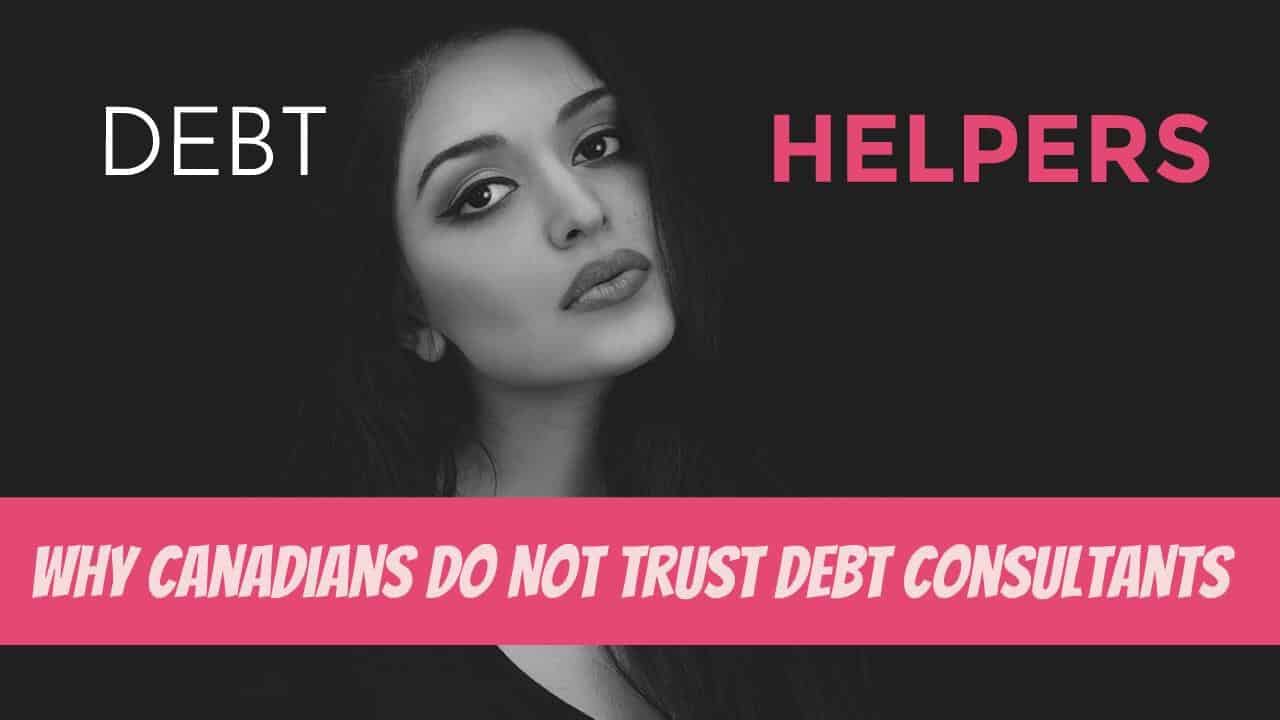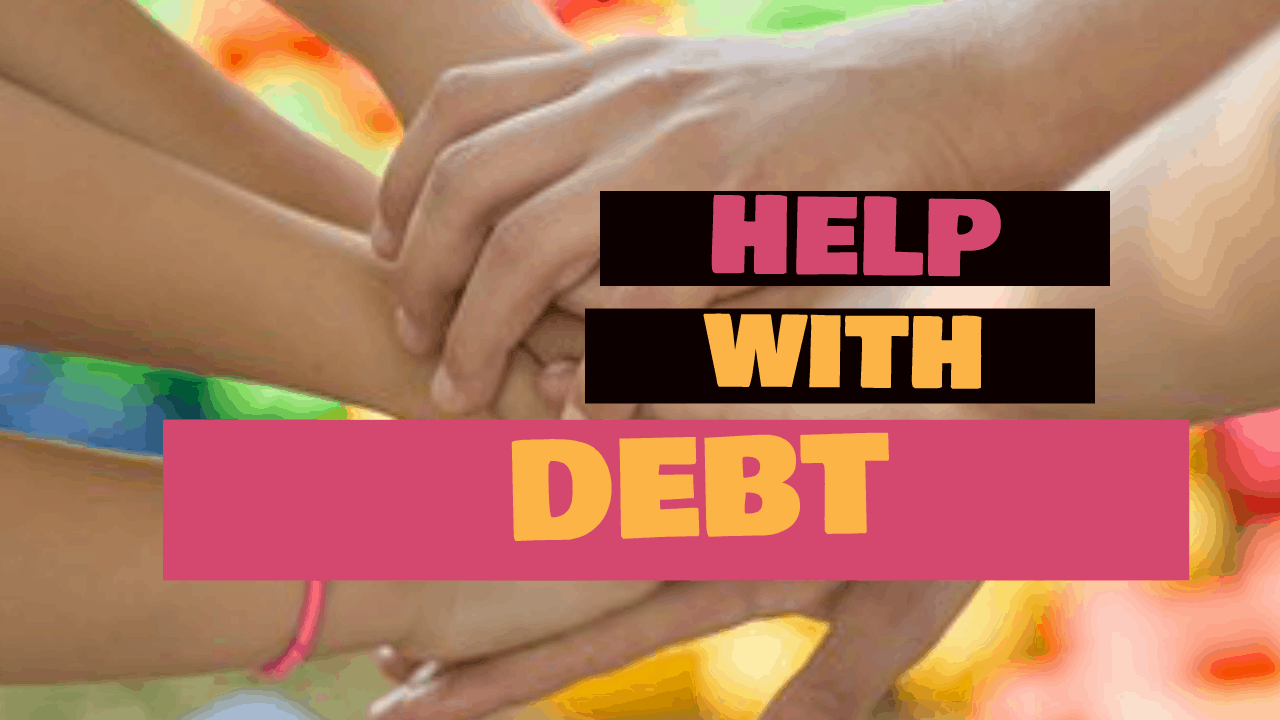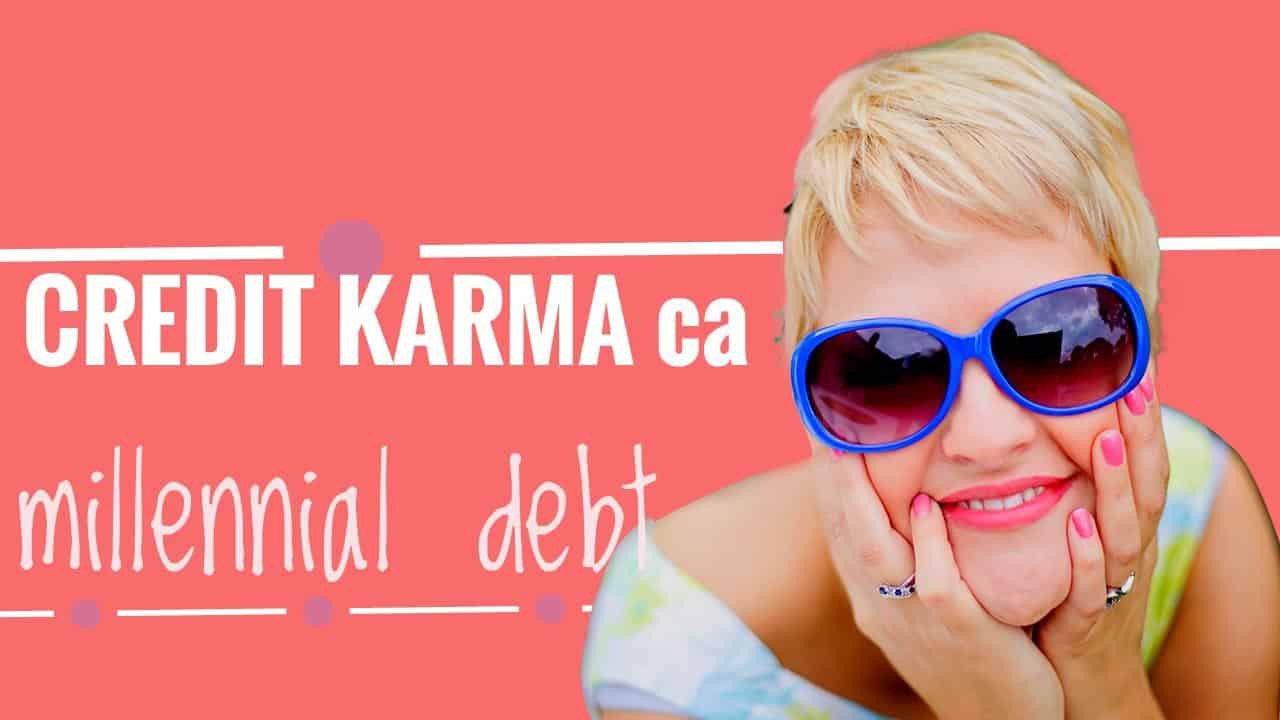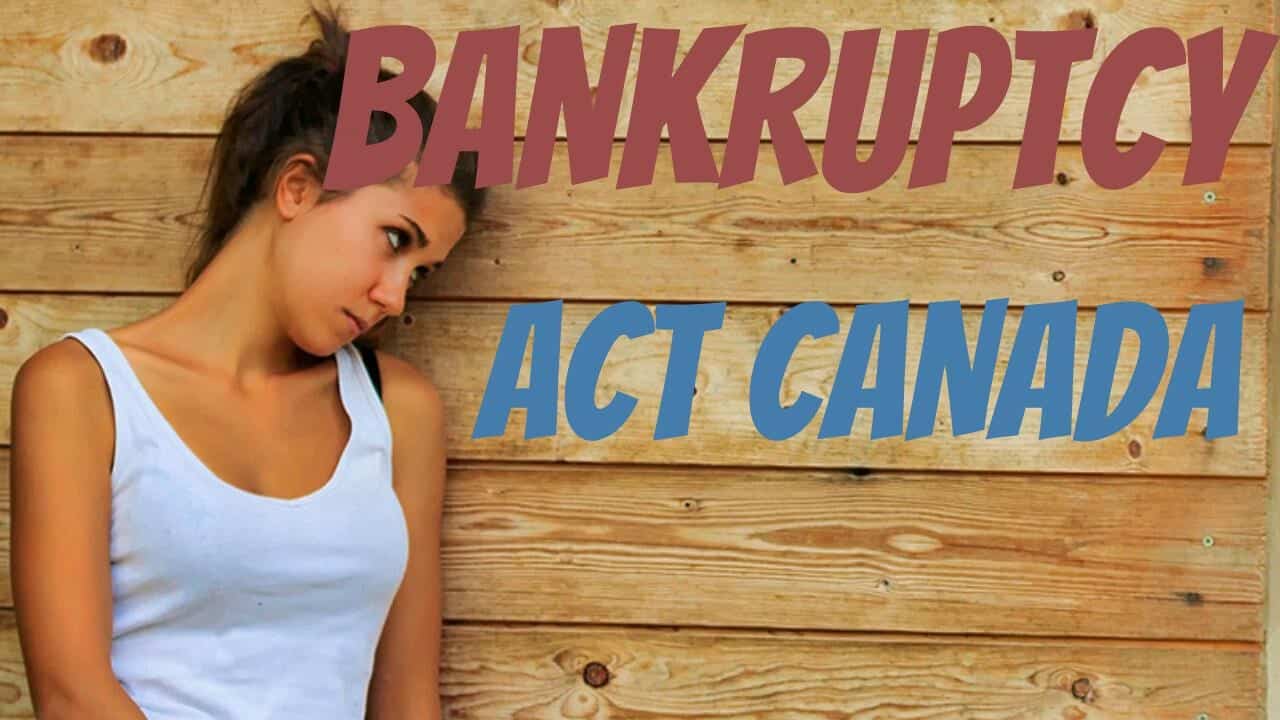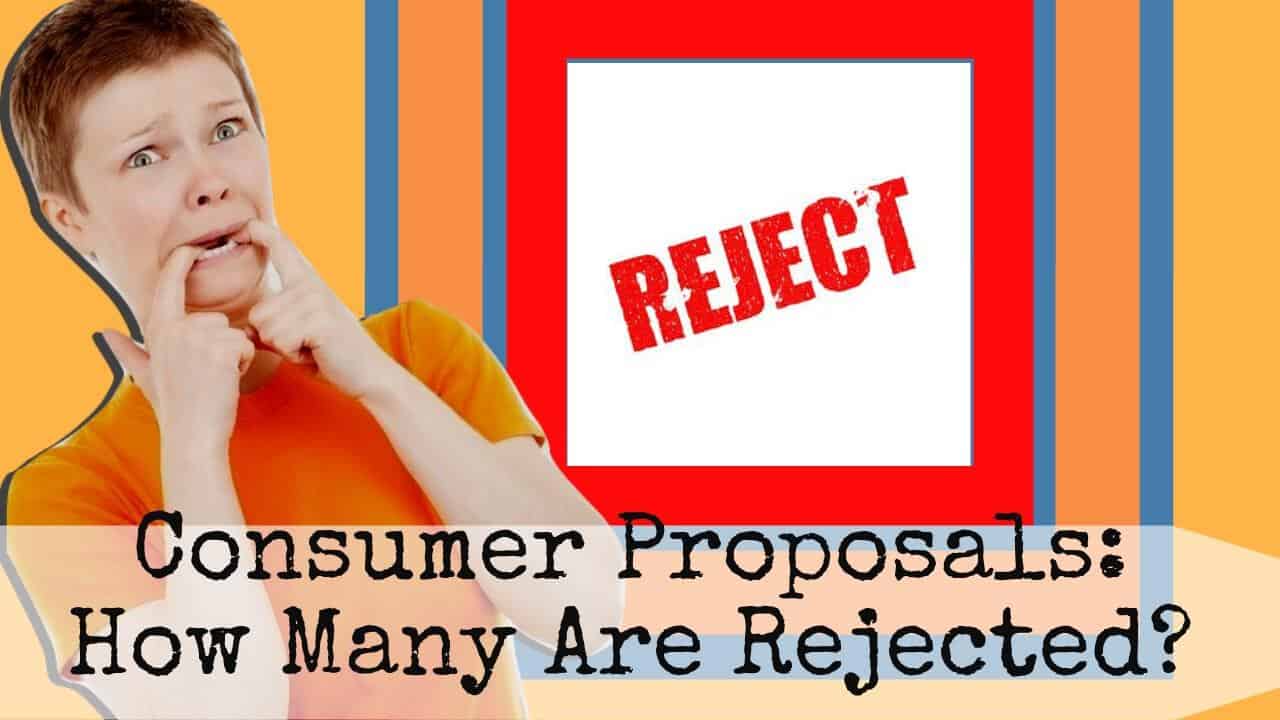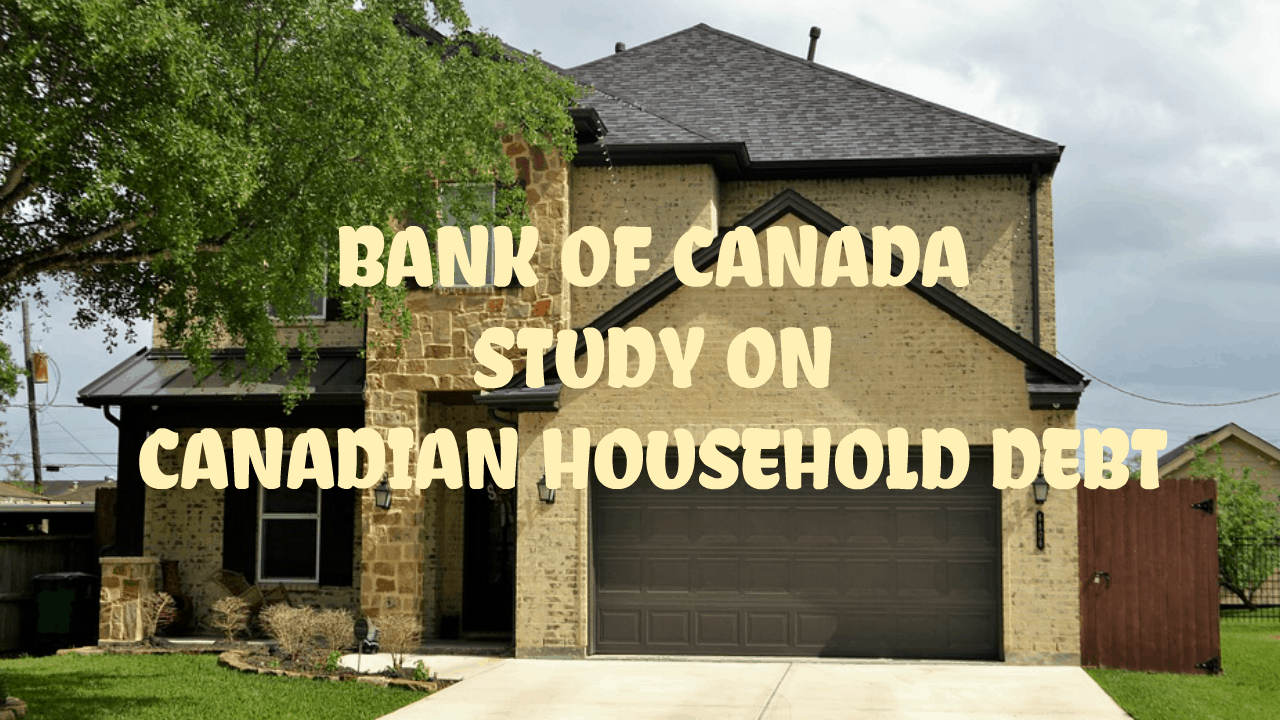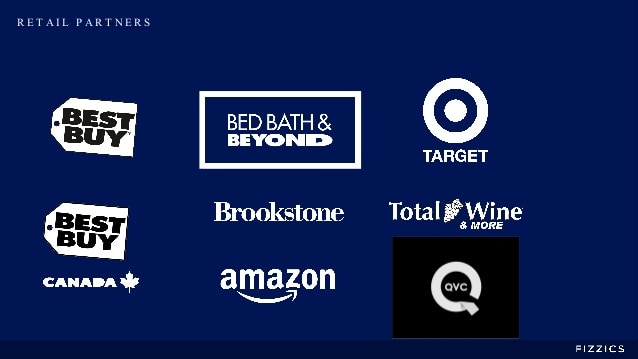[monkeytools msnip=”https://monkeyplayr.com/playr.php?u=5173&p=21236″]
Introduction
You may have read or heard about a recent survey. The headline was “Ipsos poll finds half of Canadians don’t trust professional help with debt”. The survey provided some interesting views but did not shed any light on why Canadians do not trust debt helpers.
I regularly speak with people who attend my office for a free initial consultation to try to solve their personal or company debt problems. From those experiences, I have compiled a list of the 10 most common reasons I believe why almost half of those surveyed do not trust debt professionals.
#1 What is a debt professional?
Confusion exists in the marketplace as to what you mean when you say the phrase “debt professional”. Depending on who is doing the talking, and the listening, you could mean:
- A proper credit counselling agency
- A for-profit debt settlement company
- Debt counsellor who has no real qualifications and just acts as an agent for bad credit personal loan companies or worse charges fees just to then take the person to a specifically licensed insolvency trustee (formerly known as a bankruptcy trustee) (Trustee)
- A Trustee
Unfortunately, the survey does not define what the term “debt professional” really means.
#2 I don’t have a debt problem because I am making all my payments
People believe that if they can keep up all their minimum payments, then they are making all of their payments. So if the person says they are making all payments, they can’t have a debt problem. Therefore, they don’t trust anyone who tells them that they do.
However, especially with credit cards, there is a difference between making all the monthly minimum payments and paying the entire debt off every month. What they don’t recognize is that all they are doing is paying the credit card company interest and never actually paying down any debt. Eventually, it will catch up with them when they have no more credit.
#3 You will ruin my credit score
People with debt problems always tell me that they have a great credit score and either a consumer proposal or bankruptcy will ruin that. So with the belief that if they see a debt professional, all that person will do is ruin their credit score, distrust is born.
Even people who have recently been turned down for debt consolidation loans tell me that. What I tell them is that it is true that an insolvency filing will remain on their credit report for some time after they successfully complete their consumer proposal or get their bankruptcy discharge.
However, I also point out that in return, they will have their debt problems fixed. By fixing their debt problems, they will no longer suffer from pain, stress, anxiety, depression and sleepless nights. Some people then choose to take responsibility, fix their debt problems and rehabilitate themselves. Others choose discomfort, stress and anxiety, and sleep deprivation.
#4 Talking won’t do any good. What I need is a loan
Many people feel that talk is cheap. What they really need is money. The gambler with a gambling addiction thinks the next roll of the dice or the next hand of cards will produce all the winnings they need. In the same way, the debt addict believes that one more personal loan will solve all their debt problems. All it will really do is give them a bit more cash, which will never be enough to repay all of their debt.
Increasing debt is not a good strategy for getting out of debt. That extra bit of cash may feel good in the short term, but eventually, all it really is is more debt. What these people don’t realize is that by talking to a Trustee, when they find the right one for them, a relationship begins. The functioning partnership you create with your Trustee is a connection. As you create that connection, long-term modifications in your financial behaviour start to happen to produce good long term results.
#5 It would be weird speaking about such a personal thing with a stranger
In my experience, this may be an initial feeling but does not in fact happen. The majority of Trustees are competent at making you really feel comfy rapidly. They are neither impersonal nor judgmental.
As I mentioned above, once you find the right Trustee for you, a relationship begins. I have found that many of the people that I have helped, consider me a resource to call upon, even long after our professional relationship ends.
#6 I would rather speak to a friend or family member
I have heard this many times. This is really an excuse for not dealing with their debt problems. It is not a reason why people don’t trust debt professionals.
In fact, a recent Angus Reid poll titled The Awkward Silences Survey 2019 found that 17% of the Canadians surveyed do not like to talk about finances. Of those, the least favourite topics they like to talk about are:
- Personal debt or bankruptcy – 34%
- Assets, liabilities and net worth – 22%
- Their income – 16%
- How they spend their money – 12%
- Savings and investments – 11%
- Their mortgage – 5%
I get it. The topic is not pleasant. Speaking with a debt professional is an admission that you have a problem with debt. However, it is also the first positive step to take to solve your debt problems.
#7 Debt professionals do not truly respect you; they do it for the cash
Yes, there are unscrupulous people in the world who advertise themselves to be debt consultants. They make outlandish promises such as they will eliminate your debt without bankruptcy. I cannot speak for them, but I do know myself and many of my Trustee colleagues across Canada.
The Trustee and staff do earn money from helping people with their debt. Just like you earn money from your job or career. However, there is a common bond amongst all Trustees in Canada. That common bond is that they all enjoy helping people. They enjoy seeing your success from their assistance. If they did not, they would be doing something else.
#8 Everyone will know if I go to see a debt professional
This is a common feeling. Again I can only speak about Trustees. Although there is not the same confidentiality with a Trustee as there is with a lawyer, a Trustee does not blab. As big a country as Canada is and as big a city where I practice is, the Trustee community is small. If a Trustee broke confidences, word would get around quickly and that Trustee would not get any referrals.
Keep in mind that the word “trust” is found in “Trustee”. People trust us with some of their deepest problems and we help solve them. I don’t talk to others about your issues.
It is true that the Office of the Superintendent of Bankruptcy runs a database of all insolvency filings. This is a public database that anyone can search for $8. Also, the two Canadian credit reporting agencies, Equifax Canada and TransUnion Canada, purchase that information for their own databases. I have never had anyone tell me that their brother-in-law searched the government database and found out about their insolvency filing.
So at the end of the day, the only people who will know that you filed are yourself, your Trustee, your spouse and anyone that you have told.
#9 The professional fee is too expensive
That depends on who you go to see. If you go to a community credit counselling agency, it is probably no charge. If you go to a debt settlement company scammer, then every one cent is too expensive because they do not do anything useful for you. If you go to see a Trustee, the entire process may end up being free.
Let me explain. The initial consultation with any Trustee will be free. You should get that confirmed upfront when you make the appointment. Other than for situation where you have no assets and no income, a consumer proposal filing or a bankruptcy administration will probably end up not costing you any money specifically for professional fees. Here is why.
The Trustee will advise you what will happen to you and what your responsibilities are in a bankruptcy or consumer proposal. In a bankruptcy, other than for exempt assets, you have to turn over your assets to the Trustee. If you earn income, you may also have a surplus income obligation to pay. The Trustee, under the statute, will be entitled to a fee for services out of those proceeds. So, you will pay nothing for the Trustee’s approved fee.
In a consumer proposal, the Trustee has to first do the bankruptcy calculation. Under the Bankruptcy and Insolvency Act (R.S.C., 1985, c. B-3) (BIA), a consumer proposal must produce a better result for your creditors than your bankruptcy. The Trustee will discuss with you his or her best estimate of how much you need to offer to your creditors in your consumer proposal in order to be successful. That calculation has nothing to do with the fee the Trustee is entitled to under the BIA. The statute says that the Trustee is entitled to a statutory fee from the consumer proposal fund.
So, in this way, the Trustee’s fee for a bankruptcy or consumer proposal administration costs you nothing.
#10 I don’t have time
I believe this also is more of an excuse, not a real reason for not trusting a debt professional. It is uncomfortable to face your debt problems head-on. It is more comfortable to ignore them.
A Trustee will provide a 1-hour consultation for free. In that hour, you will gain better insight to your debt issues and the realistic options available to you to fix them. I always have people tell me at the end of the free consultation, that I have helped them feel much better than they did when they first walked in.
So think of all the things that you do in a day or week, and I am sure that you can find 1 hour to help yourself. If you have a job that makes it impossible to see a Trustee during normal business hours, a Trustee will accommodate you. I have held many early morning or evening appointments.
Debt helpers summary
I hope this debt helpers Brandon’s Blog helps you. As previously stated, there is a good reason not to trust certain debt helpers. You don’t need to feel that way about seeing a Trustee. Are you on the verge of bankruptcy? Do not let any misconceptions about being able to trust a Trustee stop you from understanding how you can restructure your financial affairs and avoid bankruptcy. You do not need to be one more person or company declaring bankruptcy in Canada.
As a licensed insolvency trustee (formerly called a bankruptcy trustee), we are the only specialists certified, accredited and overseen by the federal government to provide insolvency guidance and to apply remedies under the BIA. We will certainly help you to choose what is best for you to release you from your debt problems.
Call the Ira Smith Team today so we can get rid you for you the stress, anxiety, pain and discomfort that your money issues have created. With the distinct roadmap, we establish simply for you, we will without delay return you right into a healthy and balanced problem-free life, Starting Over Starting Now. Call the Ira Smith Team today.

